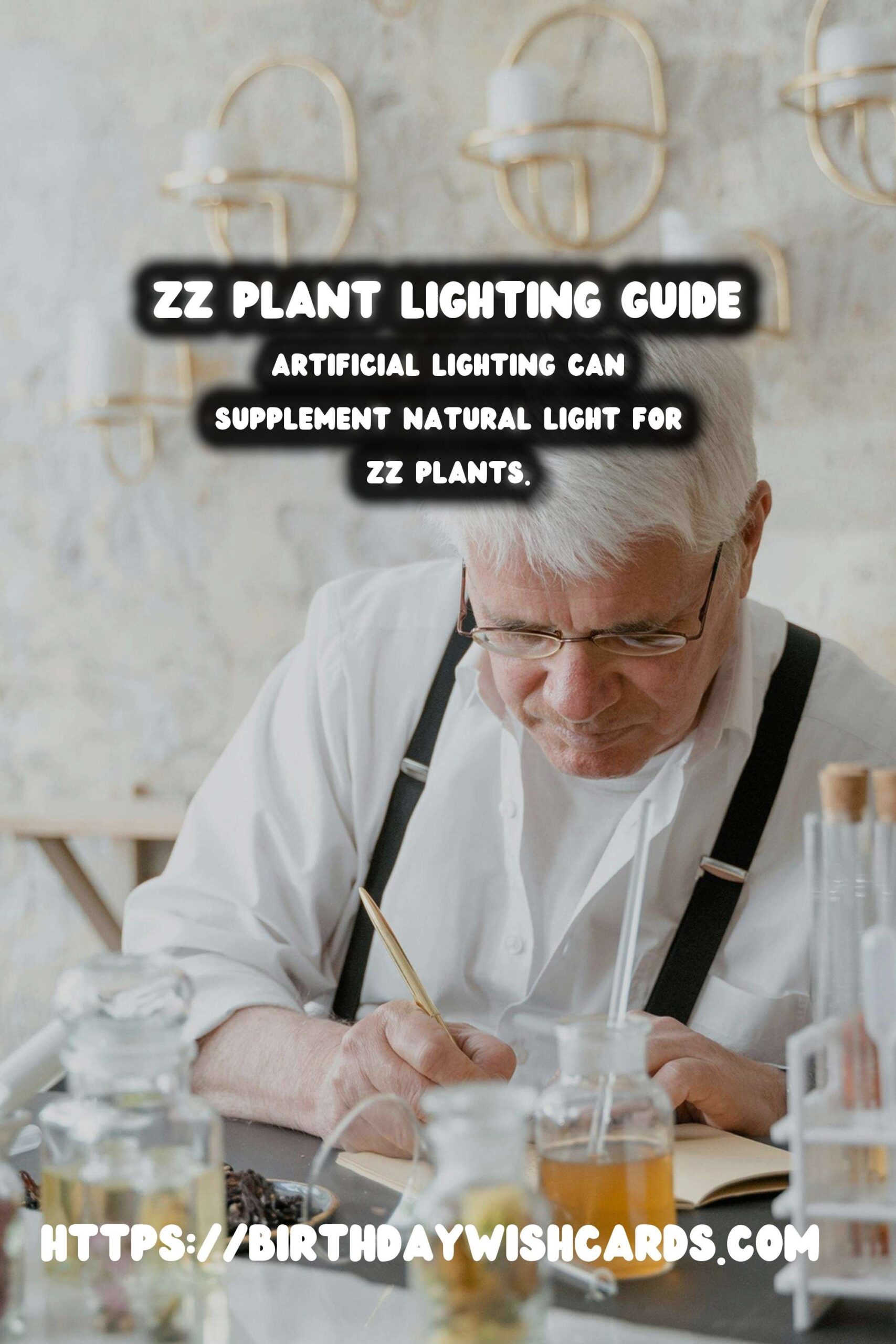
The ZZ plant, or Zamioculcas zamiifolia, is a popular houseplant known for its hardy nature and ability to thrive in a variety of conditions. However, to ensure optimal growth, it’s essential to understand the lighting needs of this resilient plant. This article delves into the ideal lighting conditions for ZZ plants and offers tips for maintaining them in your home or office.
Understanding the ZZ Plant’s Natural Habitat
Originating from Eastern Africa, the ZZ plant is accustomed to thriving in areas with indirect light. In its natural habitat, it grows under the canopy of larger trees, which means it seldom receives direct sunlight. This adaptability to low-light conditions is what makes the ZZ plant a favorite among indoor plant enthusiasts.
The Ideal Lighting Conditions for ZZ Plants
While the ZZ plant is tolerant of low light, providing it with bright, indirect light can enhance its growth. Placing the plant near a north or east-facing window is ideal. If natural light is limited, fluorescent lights can also support its growth. Remember, direct sunlight can scorch the leaves, leading to browning and wilting.
Signs of Inadequate Lighting
Even though ZZ plants are low-maintenance, they can still exhibit signs of distress when exposed to improper lighting. If a ZZ plant receives too much direct sunlight, its leaves may appear scorched or faded. Conversely, a lack of sufficient light might result in leggy growth, where the plant stretches towards light sources, leading to sparse and elongated stems.
Adjusting Lighting for Your ZZ Plant
If you notice signs of inadequate lighting, consider repositioning the plant. A location with filtered sunlight or a spot that receives bright, indirect light for several hours a day is optimal. Avoid sudden changes in lighting conditions, as ZZ plants prefer gradual adjustments.
Supplementing Light with Artificial Sources
In environments where natural light is scarce, artificial lighting can be a beneficial supplement. LED grow lights or fluorescent bulbs can provide the necessary light spectrum that mimics natural sunlight, promoting healthy growth. Position these lights about 12-18 inches above the plant, and aim for 10-12 hours of light exposure per day.
Conclusion: Balancing Light for Healthy Growth
Ensuring your ZZ plant has the right lighting conditions is crucial for its overall health and vigor. By balancing natural and artificial light sources, you can enjoy the lush foliage and robust growth that makes the ZZ plant a standout addition to any home or office environment.
The ZZ plant is known for its ability to thrive in various lighting conditions. Originating from Eastern Africa, the ZZ plant thrives in indirect light. Direct sunlight can scorch the leaves, leading to browning and wilting. A lack of sufficient light might result in leggy growth. Artificial lighting can supplement natural light for ZZ plants.
#ZZPlant #IndoorPlants #PlantCare #HomeDecor #Botany

